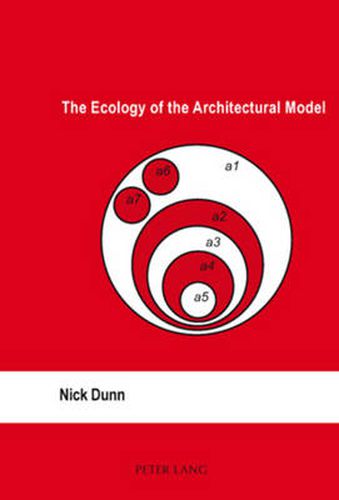Readings Newsletter
Become a Readings Member to make your shopping experience even easier.
Sign in or sign up for free!
You’re not far away from qualifying for FREE standard shipping within Australia
You’ve qualified for FREE standard shipping within Australia
The cart is loading…






This title is printed to order. This book may have been self-published. If so, we cannot guarantee the quality of the content. In the main most books will have gone through the editing process however some may not. We therefore suggest that you be aware of this before ordering this book. If in doubt check either the author or publisher’s details as we are unable to accept any returns unless they are faulty. Please contact us if you have any questions.
Models are a designer’s currency. They are so common in the exchange and development of ideas as to feature without attention and are used often without question. Architectural practice and its history are paralleled by a history of models, as varied in form as the buildings and ideas that they represent. For architectural educators models are not only as near to a realised building as one can get but for their students they are the means by which architecture itself, its processes, concepts, strategies and tactics are learned. Understanding the role played by an educational tool is important and a tool implies both a user and an environment in which to use it. Little has been said about the role the environment plays in the functioning of models in the learning process. This book describes the environment of architectural models in an educational context, adopting an ecological approach.
$9.00 standard shipping within Australia
FREE standard shipping within Australia for orders over $100.00
Express & International shipping calculated at checkout
This title is printed to order. This book may have been self-published. If so, we cannot guarantee the quality of the content. In the main most books will have gone through the editing process however some may not. We therefore suggest that you be aware of this before ordering this book. If in doubt check either the author or publisher’s details as we are unable to accept any returns unless they are faulty. Please contact us if you have any questions.
Models are a designer’s currency. They are so common in the exchange and development of ideas as to feature without attention and are used often without question. Architectural practice and its history are paralleled by a history of models, as varied in form as the buildings and ideas that they represent. For architectural educators models are not only as near to a realised building as one can get but for their students they are the means by which architecture itself, its processes, concepts, strategies and tactics are learned. Understanding the role played by an educational tool is important and a tool implies both a user and an environment in which to use it. Little has been said about the role the environment plays in the functioning of models in the learning process. This book describes the environment of architectural models in an educational context, adopting an ecological approach.